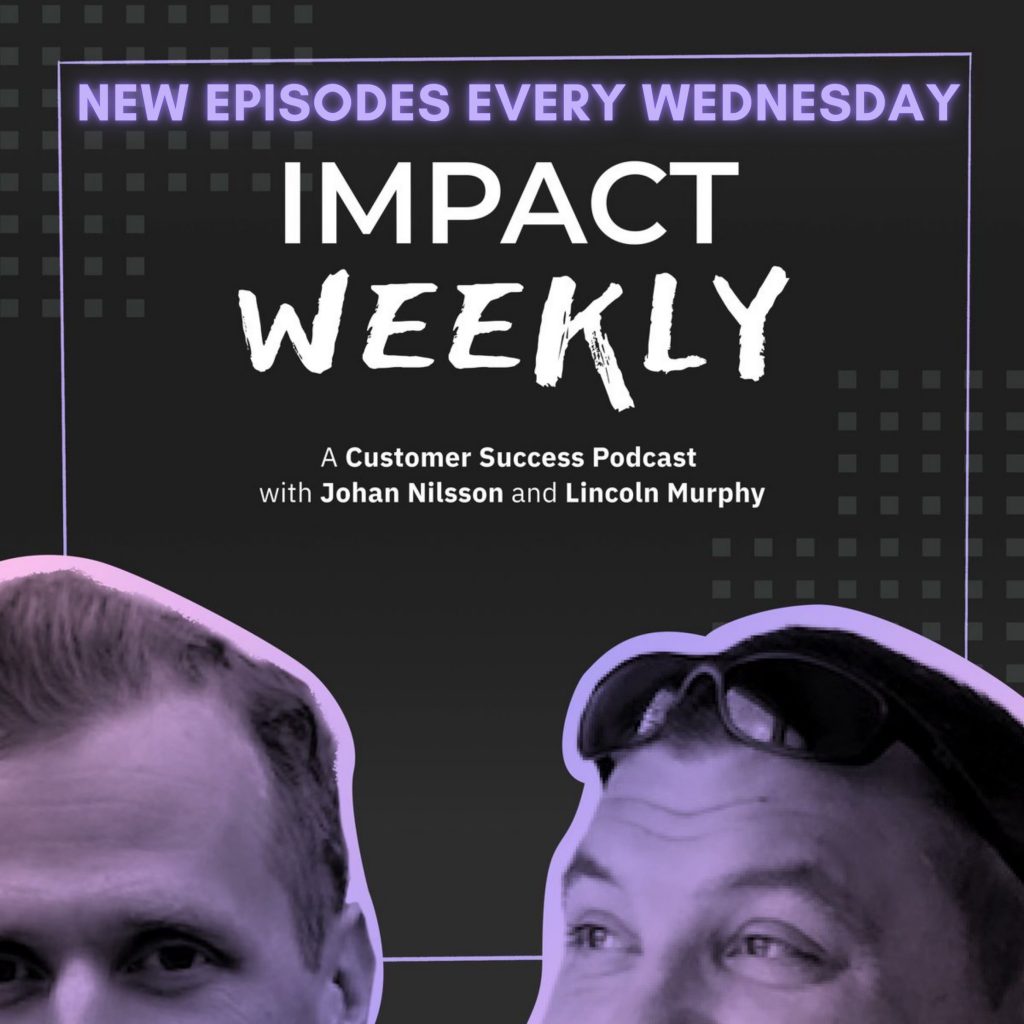 When customers churn, that’s a problem.
When customers churn, that’s a problem.
Even if their churn was “unavoidable” it still hurts.
Churn hurts on several levels: from lowering revenue to hurting employee morale.
And churn means something happened to the customer (out of business, acquired, etc.) or – and MUCH more likely – they didn’t achieve their Desired Outcome through their interactions with your company.
In order to avoid churn in the future, we need to learn from the churn that has occurred in the past.
Which means every former customer must have a reason associated with them.
By focusing on Customer Success, you should get to a point where customer churn isn’t a big deal anymore. But until you get to that point, you may lose customers -maybe a significant number – so you have to figure out how to get our customers on the right path toward their Desired Outcome.
One of the ways we can do this is by looking at the reasons our customers are churning today.
Ideally, every former customer will have two churn reasons associated with their customer record: an internal reason – one derived from our understanding of why they churned (finance data, support tickets, pre-cancel usage data, etc.) – and where possible, a reason from them directly. This can be from a conversation, survey, third-party interview, etc. They could have told you directly as they were canceling, but you may not have that in one place yet.
That said, while I would try to get a customer-specified reason for canceling, I wouldn’t spend a ton of time on it and I’d definitely take any answers given as they’re trying to cancel with a huge grain of salt.
Reasons given (usually in the form of shared frustrations, support tickets, survey responses, etc.) before they ask to cancel are often far more valuable but may be missed as “churn reasons” since the customer hasn’t asked to cancel yet.
Call analysis tools can certainly help here, but also training the CSMs (or others) to take note of these types of things on the customer record – ideally in a way that affects their health score (or churn likelihood rating), should also be done.
When your internally-inferred reasons do not align with the reasons given by the customer, you know your ability to predict churn is low. If they are aligned, you know you’re relying on the appropriate Success Vector inputs.
But you can’t do that sort of comparative analysis unless you’re capturing and recording both internal and customer-sourced reasons for churn.
So add two fields to your customer record and from now on, when a customer cancels make sure you have 100% coverage on internal reasons and as many customer-derived reasons as possible. I like to see at least 50% coverage for customer-shared reasons.
And if you can, go back, at least, 30-days for self-service, month-to-month “contracts” or a quarter or two for annual contracts to get customer-derived reasons for churn. Asking customers that churned further back than those time frames may not yield enough to warrant wasting cycles, but you could – and should – go back as far as you can (don’t worry about your early adopters) to fill in the internal reason.
When you ask your customers why they canceled (or didn’t renew), ensure you ask about their experience and not “so you can help other customers better” or help yourself. Keep it about them.


